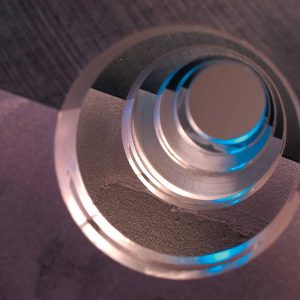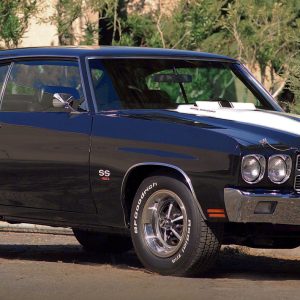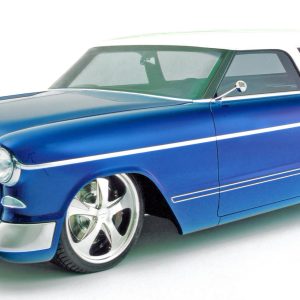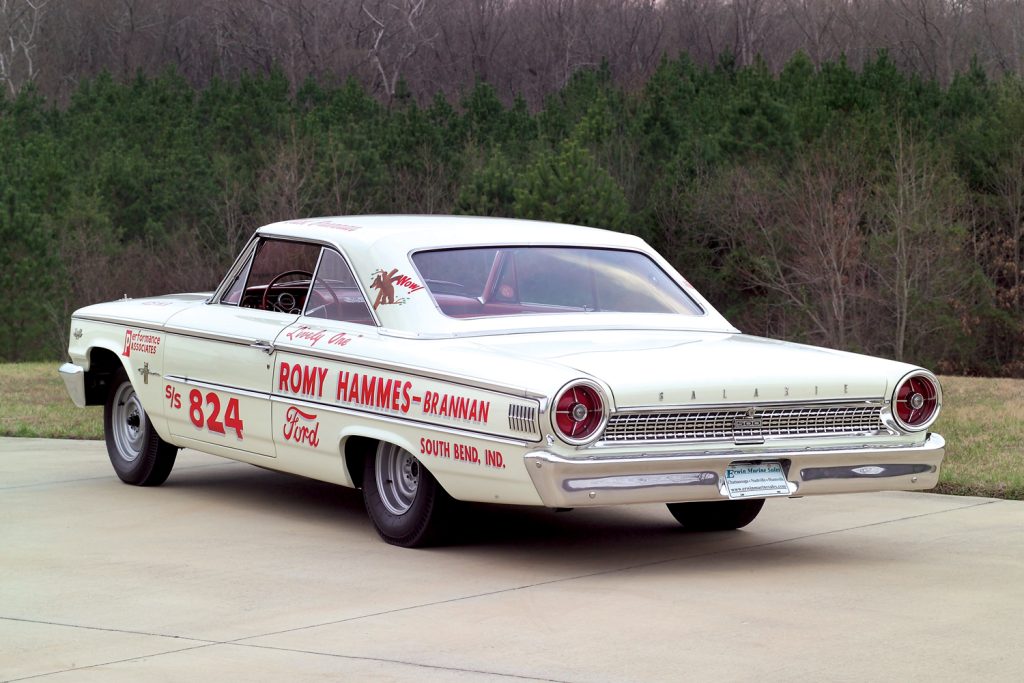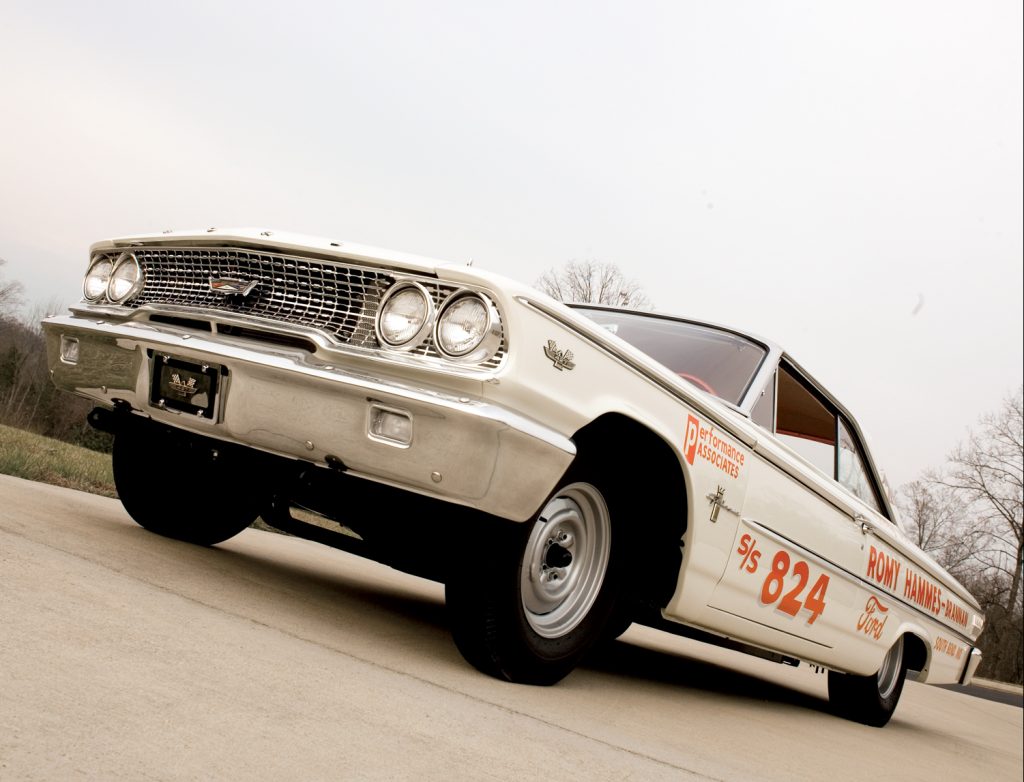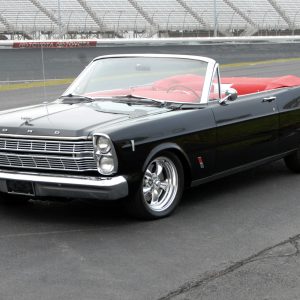
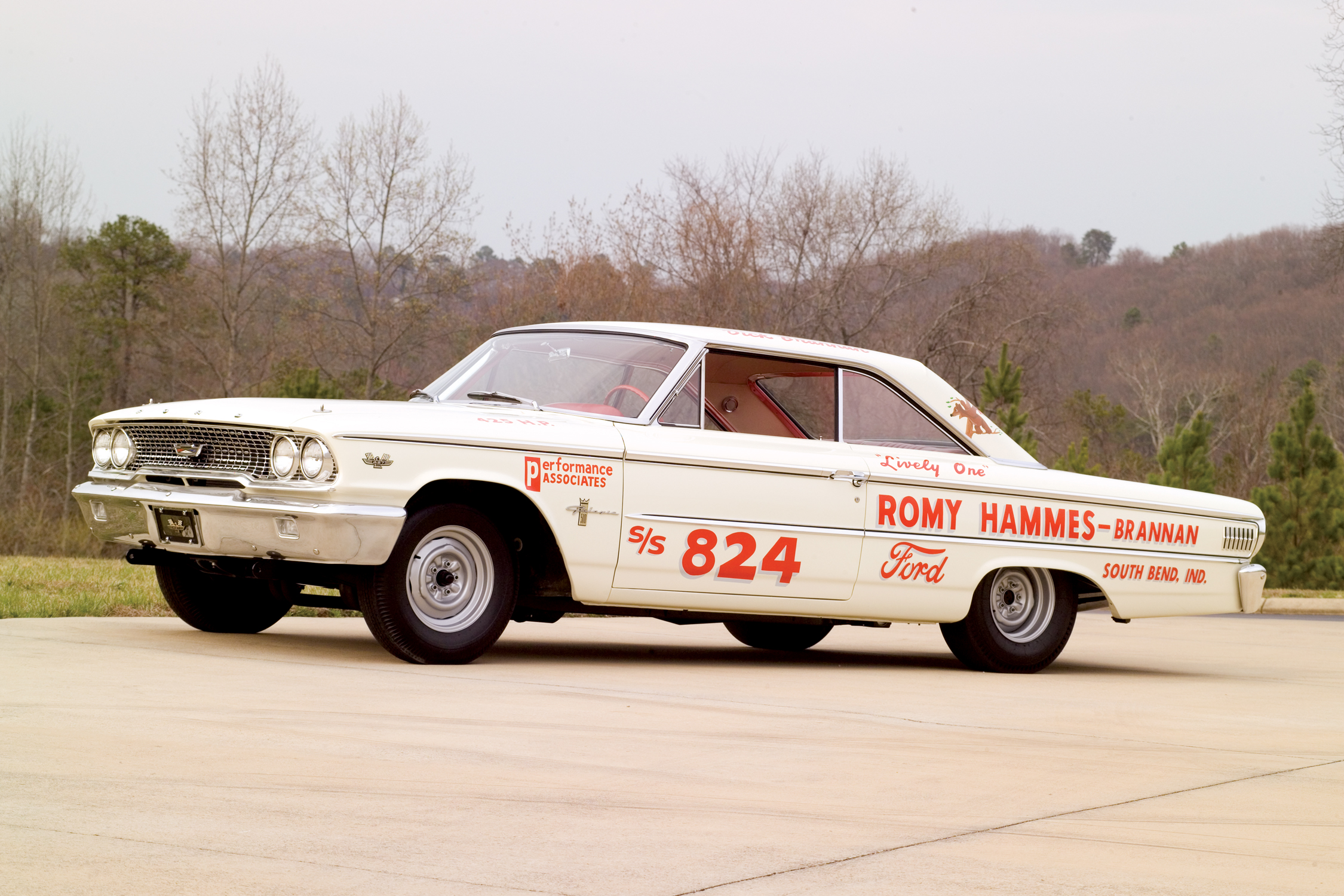

THE AUTO BUILDER
Featured
- All Post
- 20 High Priority - SR Super Rod
- Builds
- 25 High Priority - FB Ford Builder
- Cars
- 30 High Priority - AR American Rodder
- 01 Post Status
- 35 High Priority - RD Rodders Digest
- 40 High Priority - OTR On the Road
- 45 High Priority - SRB Street Rod Builder
- 50 High Priority - TB Truck Builder
- 55 High Priority - BSCENE Buckaroo Scene
- 60 High Priority - FPB Family Power Boat
- Trucks
- Swaps
- Performance Boats
- _000 Home Sliders
- Builders
- 00 Sidebars
- Manufacturers
- 05 High Priority - HCI Hot Compact Imports
- 05 Publications
- 10 High Priority - CR Chevy Rumble
- Back
- Chassis
- Engine
- Fuel System
- Electrical
- Exhaust
- Transmission / Drivetrain
- Suspension
- Steering
- Brakes
- Wheels and Tires
- Interior
- Exterior
- Accessories
- Power Adders
- Back
- Chassis
- Engine
- Fuel System
- Electrical
- Exhaust
- Transmission / Drivetrain
- Suspension
- Steering
- Brakes
- Wheels and Tires
- Interior
- Exterior
- Accessories
- Power Adders
- Back
- Chassis
- Engine
- Electrical
- Exhaust
- Fuel System
- Transmission / Drivetrain
- Suspension
- Steering
- Brakes
- Wheels and Tires
- Interior
- Exterior
- Accessories
- Power Adders
- Back
- Chassis
- Engine
- Electrical
- Exhaust
- Fuel System
- Transmission / Drivetrain
- Suspension
- Steering
- Brakes
- Wheels and Tires
- Interior
- Exterior
- Accessories
- Power Adders
- Back
- Chassis
- Engine
- Fuel System
- Electrical
- Exhaust
- Transmission / Drivetrain
- Suspension
- Steering
- Brakes
- Wheels and Tires
- Interior
- Exterior
- Accessories
- Power Adders
- Back
- Chassis
- Engine
- Fuel System
- Electrical
- Exhaust
- Transmission / Drivetrain
- Suspension
- Steering
- Brakes
- Wheels and Tires
- Interior
- Exterior
- Accessories
- Power Adders
- Back
- Chassis
- Engine
- Fuel System
- Electrical
- Exhaust
- Transmission / Drivetrain
- Suspension
- Steering
- Brakes
- Wheels and Tires
- Interior
- Exterior
- Accessories
- Power Adders
- Back
- Engine
- Fuel System
- Electrical
- Outdrives
- Steering
- Interior
- Accessories
- Power Adders
- Exterior and Hull
- Back
- Chassis
- Engine
- Electrical
- Exhaust
- Fuel System
- Transmission / Drivetrain
- Suspension
- Steering
- Brakes
- Wheels and Tires
- Interior
- Exterior
- Accessories
- Power Adders
- Back
- Chevrolet
- Cadillac
- Pontiac
- AMC
- Buick
- Jeep
- Lincoln
- Ford
- Honda
- GMC
- BMW
- Mitsubishi
- Dodge
- Nissan
- Chrysler
- Subaru
- Toyota
- Plymouth
- Mercury
- Volvo
- Volkswagen
- Oldsmobile
- Acura
- Back
- 05 Pub HCI Hot Compact Imports
- 15 Pub 4x4 4x4 Builder
- 20 Pub SR Super Rod
- 25 Pub FB Ford Builder
- 30 Pub AR American Rodder
- 35 Pub RD Rodders Digest
- 40 Pub OTR On the Road
- 55 Pub BSCENE Buckaroo Scene
- 10 Pub CR Chevy Rumble
- 50 Pub TB Truck Builder
- 60 Pub FPB Family Power Boat
- 45 Pub SRB Street Rod Builder
- Back
- Chip Foose
- Ring Brothers
- Jack Fuller
- Bob Cullipher
- Jerry Nichols
- Bobby Alloway
- Jesse James
- Carl Casper
- J.F. Launier
- Steve Sellers
- Boyd Coddington
- Rad Rides by Troy
- Cal Auto Creations
- George Barris
- West Coast Customs
- Back
- Street Rods
- Hot Rods
- Late Model
- Drag Race
- Handling
- Compact Cars
- Chassis
- Engine
- Fuel System
- Electrical
- Exhaust
- Transmission / Drivetrain
- Suspension
- Steering
- Brakes
- Wheels and Tires
- Interior
- Exterior
- Accessories
- Power Adders
- Chassis
- Engine
- Fuel System
- Electrical
- Exhaust
- Transmission / Drivetrain
- Suspension
- Steering
- Brakes
- Wheels and Tires
- Interior
- Exterior
- Accessories
- Power Adders
- Chassis
- Engine
- Electrical
- Exhaust
- Fuel System
- Transmission / Drivetrain
- Suspension
- Steering
- Brakes
- Wheels and Tires
- Interior
- Exterior
- Accessories
- Power Adders
- Chassis
- Engine
- Electrical
- Exhaust
- Fuel System
- Transmission / Drivetrain
- Suspension
- Steering
- Brakes
- Wheels and Tires
- Interior
- Exterior
- Accessories
- Power Adders
- Chassis
- Engine
- Electrical
- Exhaust
- Fuel System
- Transmission / Drivetrain
- Suspension
- Steering
- Brakes
- Wheels and Tires
- Interior
- Exterior
- Accessories
- Power Adders
- Chassis
- Engine
- Fuel System
- Electrical
- Exhaust
- Transmission / Drivetrain
- Suspension
- Steering
- Brakes
- Wheels and Tires
- Interior
- Exterior
- Accessories
- Power Adders
- Back
- 05 Post Imported
- 20 Post Missing Images (All)
- 25 Post Missing Images (Partial)
- 15 Post In Progress
- 30 Post Internal Review
- 40 Post On Hold
- 50 Post Approved
- 10 Post Images Imported
- 17 Post Missing TXT Files
- 18 Post Missing PDF Files
- 27 Post Missing Content
- Back
- Chassis
- Engine Swaps
- Interior Swaps
- Driveline
- Back
- Street Trucks
- OffRoad Trucks
- Chassis
- Engine
- Fuel System
- Electrical
- Exhaust
- Transmission / Drivetrain
- Suspension
- Steering
- Brakes
- Wheels and Tires
- Interior
- Exterior
- Accessories
- Power Adders
- Chassis
- Engine
- Fuel System
- Electrical
- Exhaust
- Transmission / Drivetrain
- Suspension
- Steering
- Brakes
- Wheels and Tires
- Interior
- Exterior
- Accessories
- Power Adders
- Back
- 01 Sidebar Left
- 01 Sidebar Right
HISTORY RECOVERED
THOUGHT LOST FOREVER, DICK BRANNAN’S INFAMOUS ’63-1/2 FORD GALAXIE S/S 824 RETURNS FROM THE PAST
Author

Stephen K. Anderson
Words and Photography
Resurgence of Interest in ’60s Muscle Cars and Racecars
With an amazing resurgence of interest in ’60s muscle cars and racecars, it’s clear there’s been a shift, at least for the time being, in the focus of car enthusiasts who are taking center stage. European exotics and “big cars” from the ’20s and ’30s that were once commanding incredible sums are now passing between sellers and buyers at a fraction of the price of some muscle cars with history. Add the undeniable appeal of a verifiable racing pedigree, and there’s no limit to the “investment” some enthusiasts will be willing to cough up to own a chapter of storied history.
Challenges of Preserving Drag Racing Cars
Considering how few cars made it through the ordeal of professional drag racing—as a result of many being altered beyond recognition and others relegated to permanent storage or a special place in the wrecking yard—finding one of these ingots falls somewhere between sheer luck and impossibility. So when real treasure is uncovered, such as this fabled Ford, the historic significance of such a find cannot be overstated.
Brannan’s Early Success
At the time, though, Dick Brannan was interested only in maintaining his impressive reputation in drag racing, which was no easy task in those competitive times. Following a string of successes campaigning his S/S “823” ’62 Ford Galaxie, Brannan caught the attention of the skunkworks at the Ford Motor Company. Soon a brand-new ’63 Galaxie lightweight body was on its way to be retrofit to Brannan’s already well-sorted ’62 chassis. Sporting a fiberglass hood and front fenders, aluminum bumpers, lightweight seats and other special treatments, including thinner rubber floormats, the performance gains were considerable. As expected, the results of this collaboration proved to be beneficial the first time down the track.
Transition to the ’63-1/2 Ford Galaxie
A short time later, Ford released its ’63-1/2 Ford Galaxie lightweight, and Brannan was one of the first to bring one home. Naturally, the car would soon wear S/S “824” on its sides, and while it showed promise early on, Ford was already busy preparing its Thunderbolt Fairlanes as the next generation of drags stars, and the Galaxie was quickly pushed aside by a new generation of Thunderbolts, the first of which went to Brannan.
Decline and Rediscovery of the 824 Galaxie
As attention was focused on the new Fords, many racers, such as the Galaxies, were relegated to history, including the 823 Galaxie, which remained in Brannan’s stable. However, the 824 Galaxie eventually was sold in 1965, and subsequently sold three years later for just $750! From there the original paint scheme was reworked, and Brannan’s name, along with those of his sponsors, was covered in plain white paint that served as a canvas for the name “White Lightning.” With all visual references hidden away, seemingly forever, this could have been the end of the road for this once-famous Ford, yet through an amazing turn of events, good fortune would shine again on Brannan’s 824 Galaxie.
Discovering the 1963 Ford Galaxie Lightweight
Having already gathered a number of special Fords in his collection, Tennessee’s Kayo Erwin was more than pleased when he first located a ’63 Ford Galaxie lightweight. It was in relatively good condition and certainly ready for a complete restoration, although not all was as it seemed. What Erwin didn’t realize was that beneath the numerous layers of paint were the remnants of true history, and if not for the vision of Erwin’s wife, Brenda, the dramatic finding could have been wiped away forever. Ready to chemically strip the body of its outer layers, Brenda’s concern over what might be hidden beneath led Erwin’s restoration team to take a more involved path that would eventually uncover a truly amazing discovery. Slowly but surely, with each pass of the dual-action sander, a little more evidence came to light, first with one word, then another, and then three words that would prove to be very informative: “South Bend, Indiana.”
Uncovering History
Knowing history, and recalling that one of the more famous Ford drag-racing teams had roots in that area, suspicions soon turned to hope, until more evidence made it clear. If all was as it seemed, Brannan’s long-lost 824 Galaxie had miraculously been found.
Verifying Authenticity
While it all seemed simple enough, the difficulty was corroborating the car’s true identity, so a plan was devised that would forever establish this car as the original Dick Brannan 824 Galaxie lightweight. In the following weeks, they sought out and contacted various people originally involved in the assembly of the car, and while they met with some skepticism initially, the truth would be uncovered. It’s not surprising that suspicions were high, as both Brannan and Romy Hammes’ son Jerry had already heard about a fellow in the Northeast who had restored the car some time earlier, or so they thought. Nevertheless, the Erwins believed in what they found, and through persistence they were able to bring the men together who were closest to this car in the first place.
Gathering Expert Opinions
The first and certainly the most knowledgeable source of information concerning the 824 car was Brannan himself, and since he was living just a few hours south in Georgia, getting him to check out the car was a snap. Further substantiation of the authenticity of the car involved Jerry Hammes, an enthusiast who grew up watching his father Romy and Brannan campaign the 824 when it was new. To further corroborate this car’s history, Rick Kirk was called in from Oklahoma and his own collection of lightweight Galaxies, along with automotive journalists, including yours truly. It was a special and emotional afternoon.
Inspecting the Car
As soon as they arrived, it became apparent that Brannan was more than a little excited, first looking over the chassis and then various aspects of the body. Brannan quickly called out his re-arched rear leaf springs that preloaded the rear suspension, offsetting leverage applied by the drivetrain on takeoff. Still, Brannan wanted to see the body. Then the single control arm on the right side also was confirmed by Brannan to be his own handiwork, and a novel modification at that, considering its effectiveness. Still, Brannan wanted to see the body to remove all doubt.
Confirming Details
Within moments Brannan checked over a number of details that only he was familiar with, including the spare-tire-mount delete (marked by a red “X”), small changes in the interior, and the most telltale confirmation of all, three holes in the firewall. These openings allow for a special linkage, a Brannan trademark, that utilized a Studebaker “Hill Holder” master cylinder attachment that had been positioned so it would hold the car at the starting line until the start; similar devices were used on subsequent racers as well. As it became clear that Brannan was standing with a car he had built and raced more than 40 years earlier, the emotions of the moment swelled in the eyes of everyone there, as this was history in the making.
Restoration and Preservation of the 824 Galaxie
It’s not often you’ll find the most qualified specialists on hand at a moment like this, so Erwin and his restoration team used the opportunity to ask questions about the specifics of the car when it made its first appearance. Details such as the upholstery, the tach placement and, most important, the hand-painted lettering were passed along, and within a short time the car was repainted and lettered by hand to return this car to its rarely seen livery.
Engine and Chassis Work
As expected, the 427 Ford side-oiler V-8 was rebuilt from the block up, with special care expended in maintaining all of the correct hardware, brackets and other components that were built for this car. Detailing also was kept fairly basic, framing a limited selection of chrome components in beautiful black paint and white trim work that makes up the surroundings. Producing in excess of 550 hp (despite what it says on the hood), a special Brannan-developed clutch mechanism was fitted between the engine and a Borg-Warner four-speed manual transmission. While different ratios were traded out during its racing days, a more usable grouping has been retained here, one well suited to a 9-inch Ford rearend fitted with 3.90 gears and Trac-Loc to maximize the bite of those Casler slicks on steel rims. Of course, the reworked rear spring and custom traction bar were retained to control rear-axle movement. As expected, every portion of the chassis and suspension has been detailed in precisely the same way as when the car first came off the trailer.
Front Chassis Adjustments
At the front of the chassis, bias-ply tires were and are best suited to straight lines, as cornering of any kind would prove troubling. To further improve launches, the right front spring was cut down slightly, while a screw jack was fitted to the driver’s-side coil to raise the car, which offset engine torque. While simplistic in its approach, it was effective. Interestingly, Brannan noted that while he wasn’t the best driver, nor did he have the best car, he did incorporate every bit of his imagination to make the most of the components he did use, and, funny enough, he was never cited for bending the rules.
Interior Details
From behind the wheel, it’s obvious that accessories are limited to a Hurst shifter on the right, ultra-thin rubber floormats, a tach and little else in the way of comfort. Even the seats were simple lightweight buckets chosen to save weight, as every pound equated to lost time.
Considering the visual impact this car makes, it’s not surprising that weeks were spent revitalizing the exterior, which was in surprisingly good shape considering the years it had spent neglected. Once the location of the original lettering and numbers was determined, the body was stripped to bare steel and then brought back up with a combination of sealers, primers and a beautiful coating of Wimbledon White, just as it looked in 1963. Next came the hand-painted designations, including three historic numbers, “824.”
Conclusion
By all counts, this car would have slipped into oblivion if not for the vision of Kayo and Brenda Erwin, who looked past the obvious to discover the special treasure hidden within.
In keeping with the historic richness of this car, all of the lettering has been hand-painted over a fine base of Wimbledon White. The results complete the vintage flavor of this amazing car and recall a great time in drag-racing history. Seeing this car in person is like traveling back in time, thanks to the amazing efforts of all involved with this special project. From the hand-painted lettering to the period-correct tires and wheels, this car celebrates one of the greatest periods in drag-racing history.





